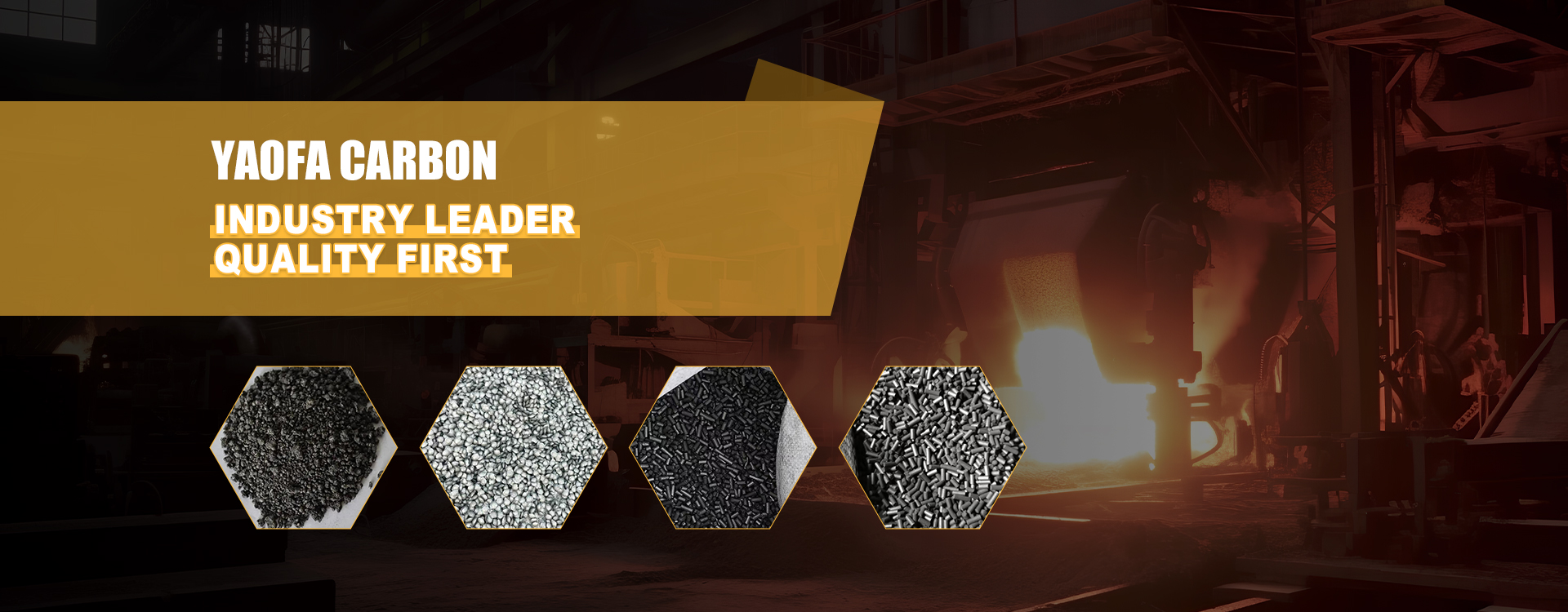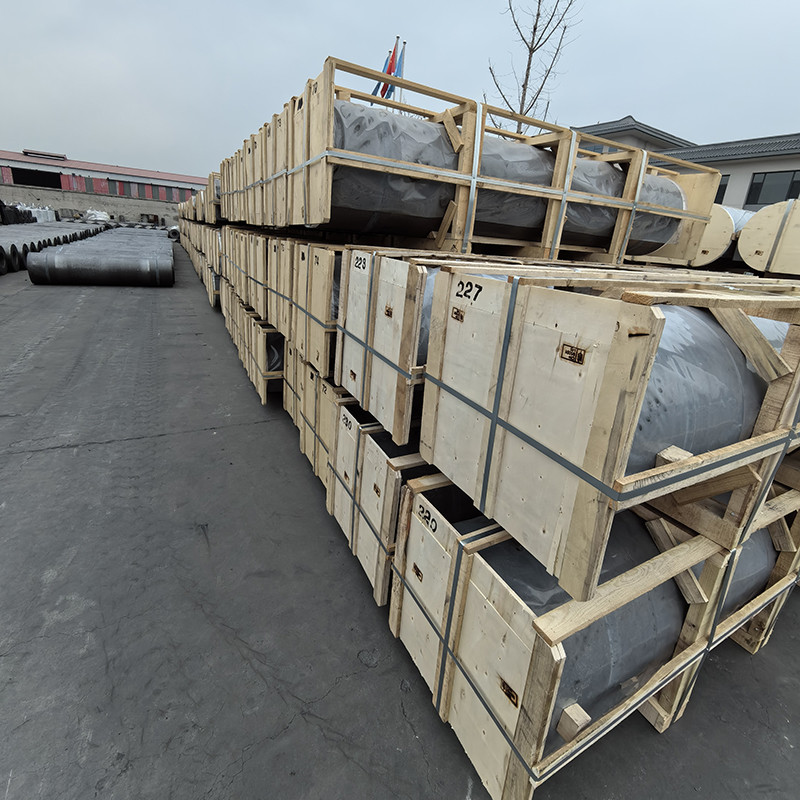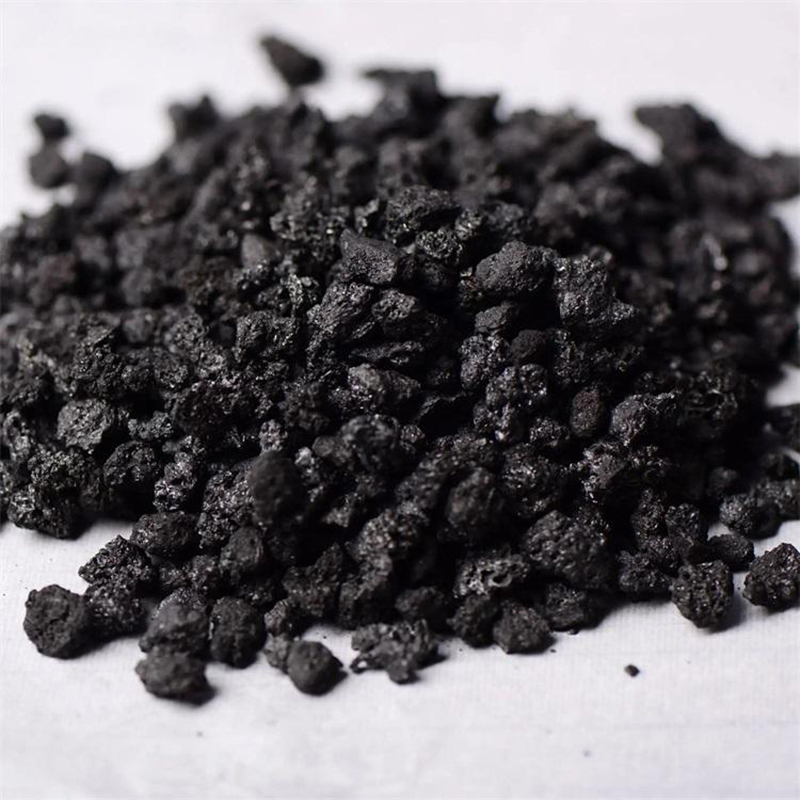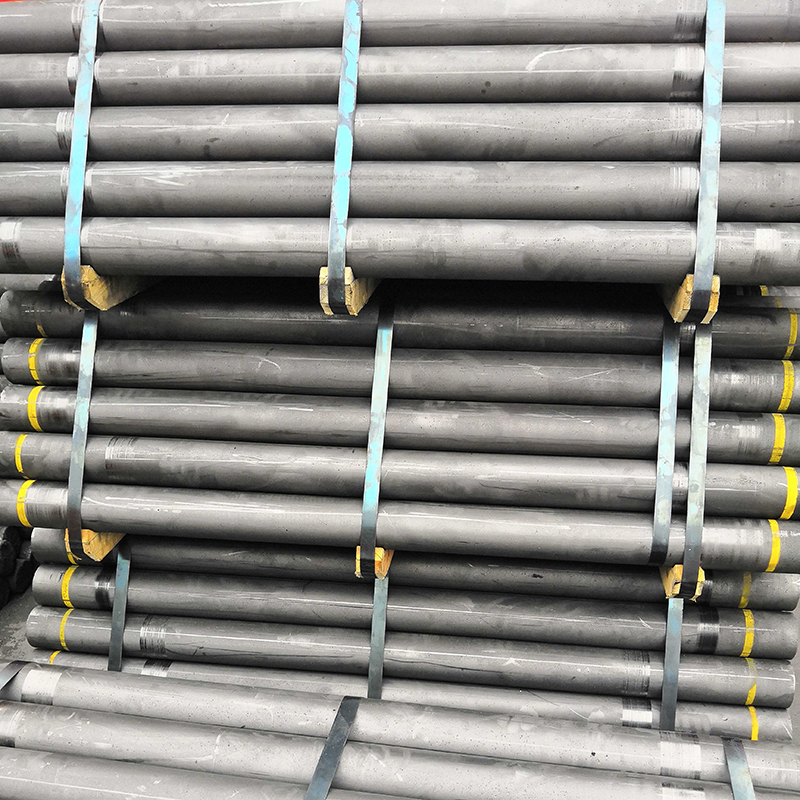- Chinese
- French
- German
- Portuguese
- Spanish
- Russian
- Japanese
- Korean
- Arabic
- Irish
- Greek
- Turkish
- Italian
- Danish
- Romanian
- Indonesian
- Czech
- Afrikaans
- Swedish
- Polish
- Basque
- Catalan
- Esperanto
- Hindi
- Lao
- Albanian
- Amharic
- Armenian
- Azerbaijani
- Belarusian
- Bengali
- Bosnian
- Bulgarian
- Cebuano
- Chichewa
- Corsican
- Croatian
- Dutch
- Estonian
- Filipino
- Finnish
- Frisian
- Galician
- Georgian
- Gujarati
- Haitian
- Hausa
- Hawaiian
- Hebrew
- Hmong
- Hungarian
- Icelandic
- Igbo
- Javanese
- Kannada
- Kazakh
- Khmer
- Kurdish
- Kyrgyz
- Latin
- Latvian
- Lithuanian
- Luxembou..
- Macedonian
- Malagasy
- Malay
- Malayalam
- Maltese
- Maori
- Marathi
- Mongolian
- Burmese
- Nepali
- Norwegian
- Pashto
- Persian
- Punjabi
- Serbian
- Sesotho
- Sinhala
- Slovak
- Slovenian
- Somali
- Samoan
- Scots Gaelic
- Shona
- Sindhi
- Sundanese
- Swahili
- Tajik
- Tamil
- Telugu
- Thai
- Ukrainian
- Urdu
- Uzbek
- Vietnamese
- Welsh
- Xhosa
- Yiddish
- Yoruba
- Zulu
- Kinyarwanda
- Tatar
- Oriya
- Turkmen
- Uyghur

use of graphite electrode Manufacturer
The Intricacies of Graphite Electrode Manufacturing and Its Industrial Impact
The world of graphite electrode manufacturing often seems opaque to outsiders. Yet, some common misconceptions persist, especially about the extensive technological and process-driven underpinnings involved. When we dive into this sector, it's evident that much of the general understanding holds a simplistic view of what is essentially a complex craft, driven by precision and deep expertise.
Understanding Graphite Electrodes
In the industrial landscape, graphite electrodes are vital components, primarily used in electric arc furnaces for steel production. Their ability to withstand immense heat makes them indispensable. It leads us to consider the production process's nuances, which many misunderstand as a straightforward task. Reality is, it's a demanding sequence requiring keen attention to material composition and quality consistency. At Hebei Yaofa Carbon Co., Ltd., for instance, their rich two-decade history in producing these electrodes underscores the depth of knowledge accumulated. Details on their processes can be seen on their website, Hebei Yaofa Carbon Co., Ltd.
Graphite electrodes come in different grades—UHP, HP, and RP—each with specific usage parameters. It's not merely about creating a product; it's about tailoring to distinct metallurgical needs. From the initial selection of raw carbon materials to the final product quality check, every stage demands scrutiny. Frankly, manufacturers like Hebei Yaofa, with years in the field, often underscore the importance of ongoing research and quality control.
Yet, challenges are ever-present. Among them is the balance between maintaining high production efficiency and ensuring environmental compliance. It’s a fine line, but those in the business know that neglecting this balance can lead to significant setbacks.
Material Selection in Electrode Production
Choosing the right materials is pivotal. Graphite electrode manufacturing isn't just about converting raw inputs into finished goods; it's about understanding the intrinsic properties of these inputs. A common observation is how small material changes can have ripple effects on electrode performance.
Consider, for example, the use of carbon additives like CPC and GPC, as emphasized by Hebei Yaofa Carbon Co., Ltd. These additives play a crucial role in finetuning the properties of the electrodes. The choice between calcined petroleum coke (CPC) and graphitized petroleum coke (GPC) isn’t trivial. It is a decision steeped in both science and experience.
For the uninitiated, the nuances between these materials might seem minor, but on the ground, they can mean the difference between optimal electrode performance and a costly batch rework. The very composition can influence conductivity, thermal resistance, and longevity.
Advanced Production Techniques
Production technology has advanced, moving beyond traditional methods. Graphite electrode manufacturing now often involves intricate machinery and precise automation technologies, improving both output and quality. Experienced manufacturers recognize that investing in cutting-edge equipment is not about keeping up with trends but about surviving in a competitive industry landscape.
At some companies, the integration of high-efficiency furnaces and automated control systems exemplifies this. It provides not just scalability but also precision, ensuring that every batch meets the stringent standards that customers demand. This is an area where Hebei Yaofa shines, continuously adapting to the latest technological strides.
Certainly, not all advancements work seamlessly—there are missteps. New technologies come with learning curves, but those who persevere grasp the resulting benefits to production efficiency and product quality.
Addressing Industry Challenges
With the constant fluctuations in the global market and resource prices, manufacturers face the incessant challenge of cost management. Lowering production costs without compromising on quality requires strategic foresight and innovative solutions—traits that seasoned manufacturers possess.
Environmental regulations present another layer to navigate. The reduction of emissions during production processes is a growing concern. It's increasingly imperative for manufacturers to adopt green technologies and comply with environmental standards. Overlooking this aspect can quickly escalate into regulatory repercussions.
Therefore, companies like Hebei Yaofa are vigilant, investing in sustainable practices and technologies that align with eco-friendly production mandates. It reflects how carbon manufacturers are not merely passive participants but active stakeholders in the move towards sustainable industries.
The Future of Graphite Electrode Manufacturing
Looking ahead, the growth of the graphite electrode market seems promising. The rise of emerging markets and their steel manufacturing needs play a crucial role in defining demand. Developing adaptable product lines for varied applications is a direction many manufacturers will continue to explore.
The integration of AI and data analytics is another frontier. Predictive maintenance, quality forecasting, and process optimization driven by AI could revolutionize how manufacturing operations are run, smoothing out inefficiencies and highlighting improvement areas.
Ultimately, it’s an industry shaped by constant innovation and adaptation. Companies with a strong legacy, like Hebei Yaofa Carbon Co., Ltd., continue to draw on history while actively shaping their future paths, ensuring they remain pivotal players in the ever-evolving industrial landscape.
Related products
Related products













